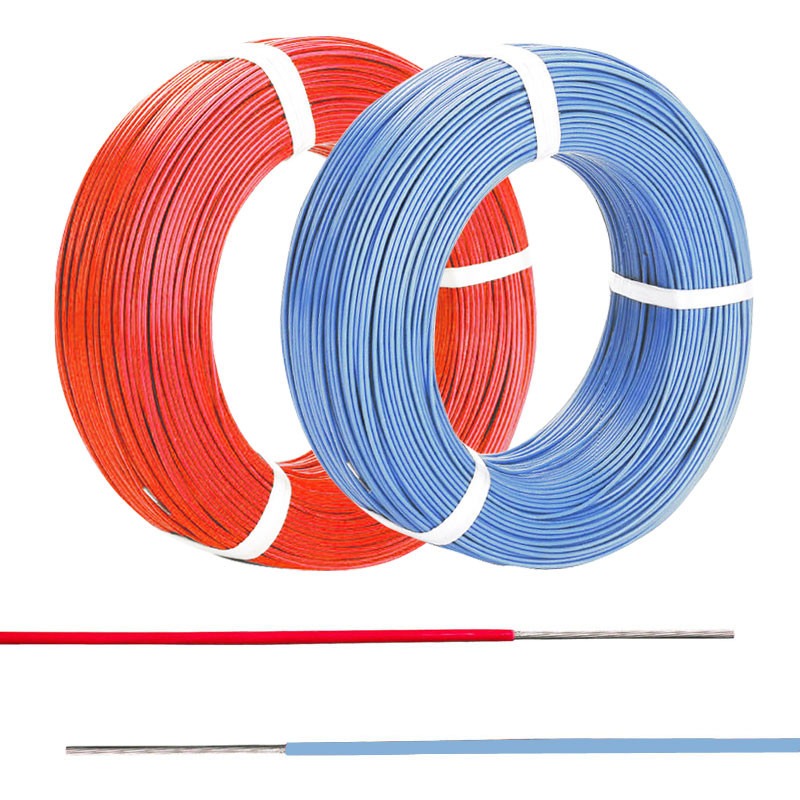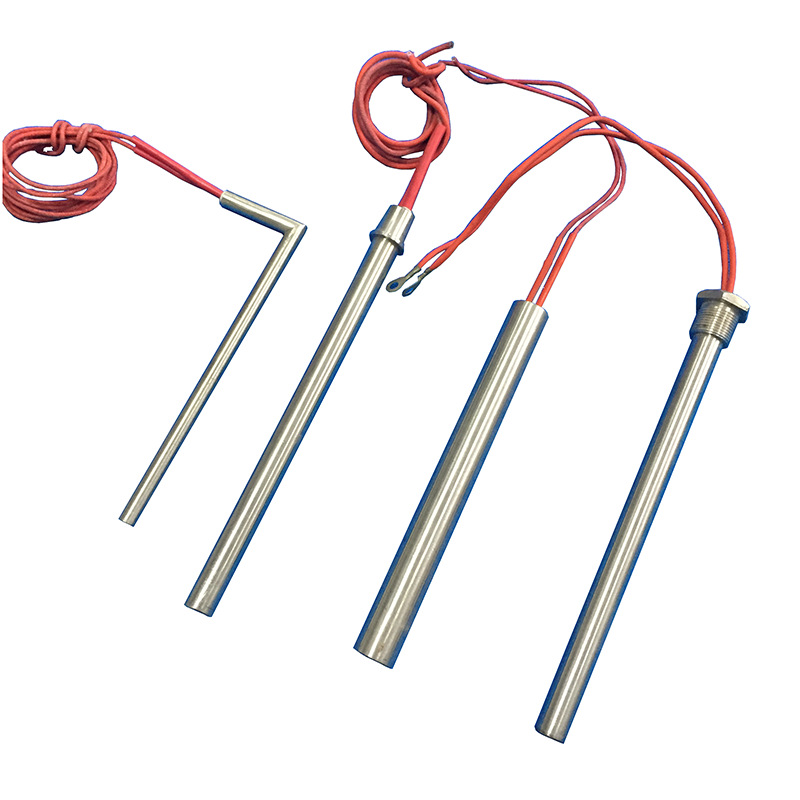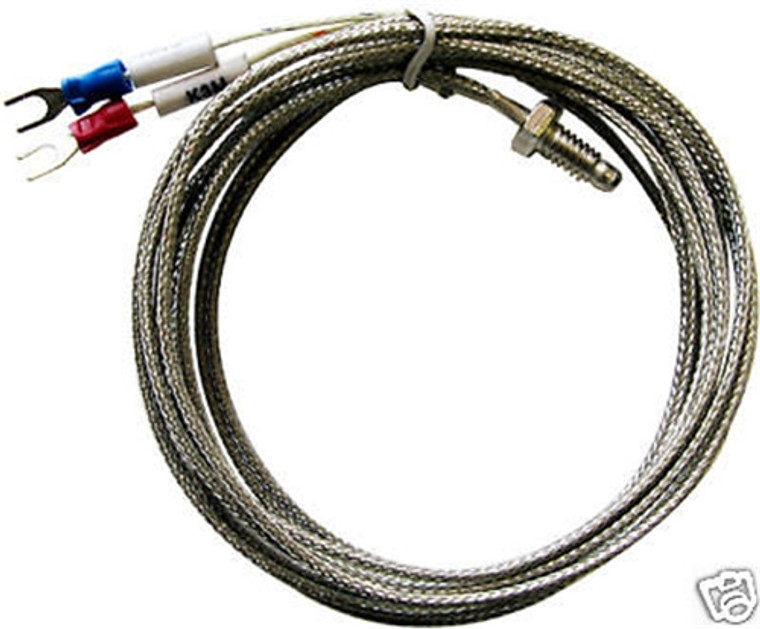In the world of temperature measurement, thermocouples reign supreme. These simple yet powerful devices are the unsung heroes of countless industries. Thermocouples quietly keep things running smoothly from steel production to your home oven.
Let’s dive into the fascinating world of thermocouples and explore their inner workings.
Understanding Thermocouples
At its core, a thermocouple is an elegantly simple device. It consists of two different metal wires joined at one end. This junction creates a small electrical voltage when exposed to temperature changes. Thermocouple manufacturers have honed this principle into a precise science.
Types of Thermocouples
Every thermocouple manufacturer produces a variety of types, each suited for specific applications. The most common types include:
- Type K: The workhorse of the thermocouple world, suitable for a wide range of applications
- Type J: Ideal for reducing atmospheres and vacuum applications
- Type T: Excellent for low-temperature and cryogenic applications
- Type E: High sensitivity makes it perfect for low-temperature measurements
- Type N: Superior stability in high-temperature oxidizing environments
- Types R and S: Platinum-based thermocouples for high-temperature precision measurements
- Type B: Another platinum-based type for extremely high temperatures
How Thermocouples Work
Thermocouple manufacturers design these devices to operate on a simple yet ingenious principle. When the junction of two dissimilar metals is heated, it generates a small voltage. This voltage increases as the temperature rises, following a predictable curve.
The Measurement Process
- The thermocouple junction is exposed to the temperature to be measured
- The temperature difference creates a small voltage (typically millivolts)
- This voltage is measured and converted to a temperature reading
- Compensation is applied for the reference junction (usually at room temperature)
Applications of Thermocouples
The versatility of thermocouples makes them indispensable in numerous industries. Thermocouple manufacturers produce sensors for a wide range of applications, including:
- Industrial Processes: Monitoring temperatures in furnaces, kilns, and reactors
- Automotive: Engine management systems and exhaust gas temperature measurement
- Aerospace: Jet engine monitoring and spacecraft thermal management
- Food and Beverage: Ensuring proper cooking and storage temperatures
- HVAC: Controlling heating and cooling systems in buildings
- Medical Equipment: Monitoring sterilization processes and patient temperatures
- Scientific Research: Precise temperature control in laboratories
Advantages of a Thermocouple
Thermocouple manufacturers highlight several key benefits that make their products indispensable:
- Wide Temperature Range: Some types can measure from -270°C to over 2300°C
- Durability: Rugged construction suitable for harsh industrial environments
- Fast Response: Quick reaction to temperature changes
- Simplicity: No power supply is required at the measuring point
- Cost-Effective: Relatively inexpensive compared to other temperature sensors
- Versatility: Available in various sizes and configurations for different applications
The Future of Thermocouple Technology
Thermocouple manufacturers continue to innovate, pushing the boundaries of what’s possible. Some emerging trends include:
- Smart Thermocouples: Integrated electronics for improved accuracy and diagnostics
- Nanotechnology: Exploring new materials and structures for enhanced performance
- Wireless Thermocouples: Eliminating the need for physical connections in some applications
- Advanced Alloys: Developing new metal combinations for extreme environments
- Integrated Systems: Combining thermocouples with other sensors for comprehensive monitoring
Wrap Up
Despite its simplicity, a thermocouple remains essential in modern industry and research. Their wide range, durability, and cost-effectiveness make them invaluable in countless applications. As technology advances, thermocouple manufacturers continue to refine and improve these versatile sensors. Whether you’re monitoring an industrial furnace or ensuring your turkey is perfectly cooked, a thermocouple is likely quietly doing its job. Understanding the principles behind these devices can help you appreciate their importance and select the right sensor for your needs.














